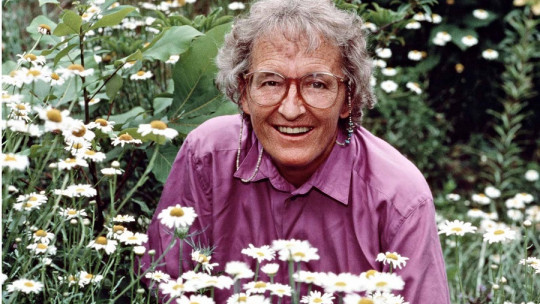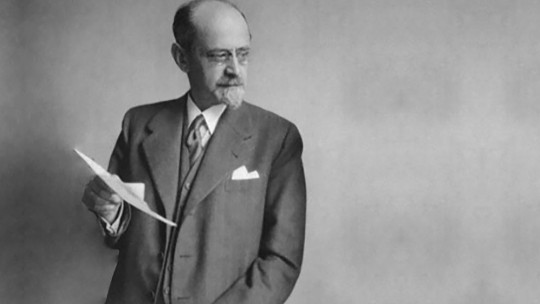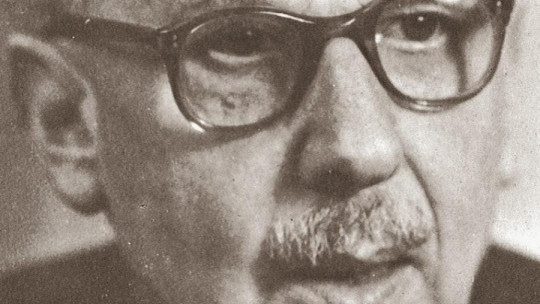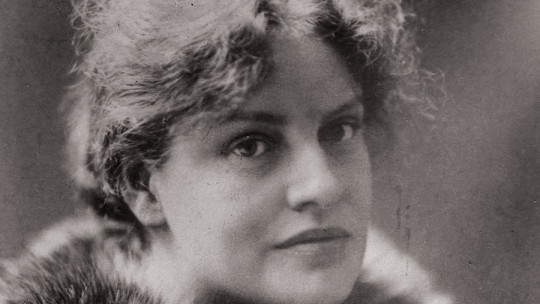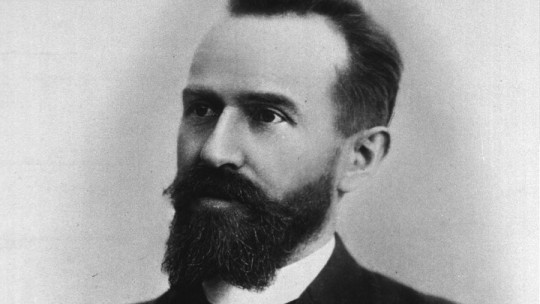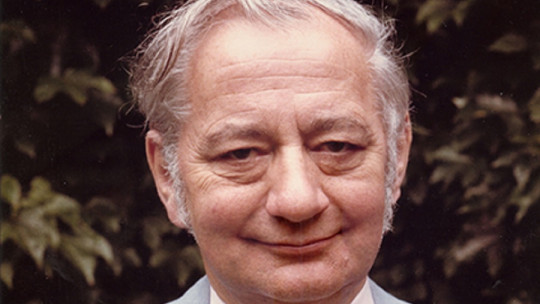The 20th century was a time of immense advances in psychology, thanks to a whole generation of important authors. One of them was Elisabeth Kübler-Ross, whose life we will learn about below.
In this biography of Elisabeth Kübler-Ross We will review both the most relevant events in his life and his most valuable contributions to the field of knowledge to which he dedicated practically his entire professional career.
Brief biography of Elisabeth Kübler-Ross
Elisabeth Kübler-Ross was born in the city of Zurich, Switzerland, in 1926 Her birth was traumatic, since it belonged to a multiple birth in which there were, in addition to her, two identical twins, who made up a group of triplets. Despite her complications, her mother was able to get all of them through.
It was not the only hospital experience that he would have at his young age, since at just five years old he became seriously ill with pneumonia. It was during this stage when he witnessed one of the scenes that would mark his future career. While she was admitted, one of her roommates died. She then became aware of what death meant, as an inexorable part of life.
During his adolescence, World War II broke out Elisabeth Kübler-Ross, at this time, collaborated in a refugee camp in her city. At the end of the war, she continued with this type of aid work in different European countries. Among all of them, there was one that was another milestone for her; This is the Majdanek extermination camp, located in Poland
In that gloomy place, Elisabeth Kübler-Ross learned a lot about death, but also about compassion and resilience, through the experiences that survivors told her. This was probably one of the events that determined the direction that her professional life would take in the future, and it would be none other than finding a way to help others in the most difficult circumstances.
She combined different jobs, always in hospital contexts and even as a volunteer, while studying medicine at the University of Zurich. She completed this training in 1957. Just one year later, She married Emanuel Ross, whom she had met during her studies and who came from the United States, so they decided to move to that country after getting married
Professional career development
Once in the US, Elisabeth Kübler-Ross was able to complete her medical residency, specializing in psychiatry, at a hospital in New York, the Manhattan Psychiatric Center. In this place she began to develop methodologies that were an alternative to the usual treatments received by patients diagnosed with schizophrenia or other serious conditions.
One of Elisabeth Kübler-Ross’s maxims was to carry out psychological work that would increase the self-esteem and well-being of the inmates , as opposed to the use of medication that used to be used routinely to stabilize mood. Likewise, he tried to facilitate the contact of the sick with the outside world and give them close treatment.
In short, what I was trying to do was humanize the way in which doctors related to patients, which was sometimes too cold and even cruel. To achieve her goal, Elisabeth Kübler-Ross developed an individualized care program. The success was incontestable. Almost all of the patients who participated in this program (specifically 94%) experienced improvement to some degree.
From New York he moved to Colorado, this time to teach at the university. It was the year 1962. The central message that he tried to convey to his students during this stage was to behave with patients not only as scientists, but also and above all as human beings and thus understand how they were feeling in really difficult moments.
Palliative care program development
In 1965, Elisabeth Kübler-Ross moved again, this time to Chicago. She supplemented her psychiatry training with an extensive program of psychoanalysis. He began working at the Pritzker School of Medicine, belonging to the University of Chicago ; It was in this place where a revolutionary program with terminal patients began.
What Elisabeth did was prepare interviews where these people could talk to the medical students. As a result of this fact, her popularity both in the medical field and outside it became enormous. So much so that He decided to abandon teaching and focus on studies on the psychological processes associated with death which was the area in which he wanted to help.
In the 70s, Elisabeth Kübler-Ross dedicated herself to traveling around the world, establishing palliative care programs in hospitals in more than twenty countries. She became a world eminence on this matter, so she was able to give lectures and interviews in the most prestigious places, exposing her ideas on the matter.
Its ultimate goal was to ensure that all people could die with dignity, being respected and understood as the human beings they were.
Shanti Nilaya Foundation
But Elisabeth Kübler-Ross wanted to go one step further. That’s why decided to acquire a piece of land located in the city of Escondido, in California, to found a sanctuary there called Shanti Nilaya, Home of Peace The purpose of this place was to serve as a location for very sick people, where they could be cured or have a peaceful transition from life to death.
Contact with so many people on the brink of death awakened another interest in Elisabeth, and it was precisely that of experiences close to death. Her greatest concern revolved around the testimonies of people who had been resuscitated through medical maneuvers. Elisabeth Kübler-Ross wanted to know her experiences during that transition between life and death.
However, The Shanti Nilaya center suffered a severe setback following a scandal caused by a hoax concocted by one of the collaborators, Jay Barham This man, who had founded the Church of the Facet of Divinity, managed to convince its faithful that the spirits of the dead could be contacted through sexual relations. This scandal led to Elisabeth’s breakup with Barham and other people.
Likewise, Elisabeth Kübler-Ross’ approach to concepts such as spiritualism or out-of-body experiences was a setback for her reputation During this time, he published a book called On Death and Dying, in which he recounted interviews of terminally ill people. Later he would publish other more controversial ones, such as On Life After Death, or The Tunnel and the Light, in line with his esoteric beliefs.
The stages of grief
Probably Elisabeth Kübler-Ross’s greatest contribution was the creation of the five stages of grief model , also called the Kübler-Ross model, included precisely in his work, On Death and Dying. It is a theory that quickly gained enormous popularity, although it lacks a solid empirical basis.
What Elisabeth Kübler-Ross proposed with this model is that Terminal patients, and anyone who is certain that they are going to die soon, go through a process divided into five phases or stages The first of them is denial, and therefore he will refuse to believe that he is really going to die, thinking that it is a mistake or that something will heal him in some way.
The second is anger, anger at knowing that death is really inevitable and therefore there is no remedy for your situation. The third is negotiation, trying to find an agreement through which he would be able to live longer. Fourthly, depression would come, the sadness in which they would sink when they understood the inevitability of their situation.
Finally, the fifth stage would take place, which is none other than acceptance. The final acceptance that they are going to die, nothing can be done to prevent it, but despite this, they are fine.
Illness and last years
After starting another series of projects, such as the attempt to create a shelter for children with HIV, Elisabeth Kübler-Ross He suffered several cerebral infarctions that led to the paralysis of half of his body. As a result, she was confined to a wheelchair , knowing that death, that phenomenon she had studied all her life, was approaching, this time for her. The year was 1995, but she still had almost a decade ahead of her.
Finally, in 2004, and after living the last stage of her life in a residence in Scottsdale, Arizona, Elisabeth Kübler-Ross died at the age of 78. In that same place, her son, Ken Ross, created a foundation in her name.

